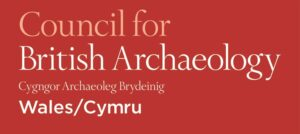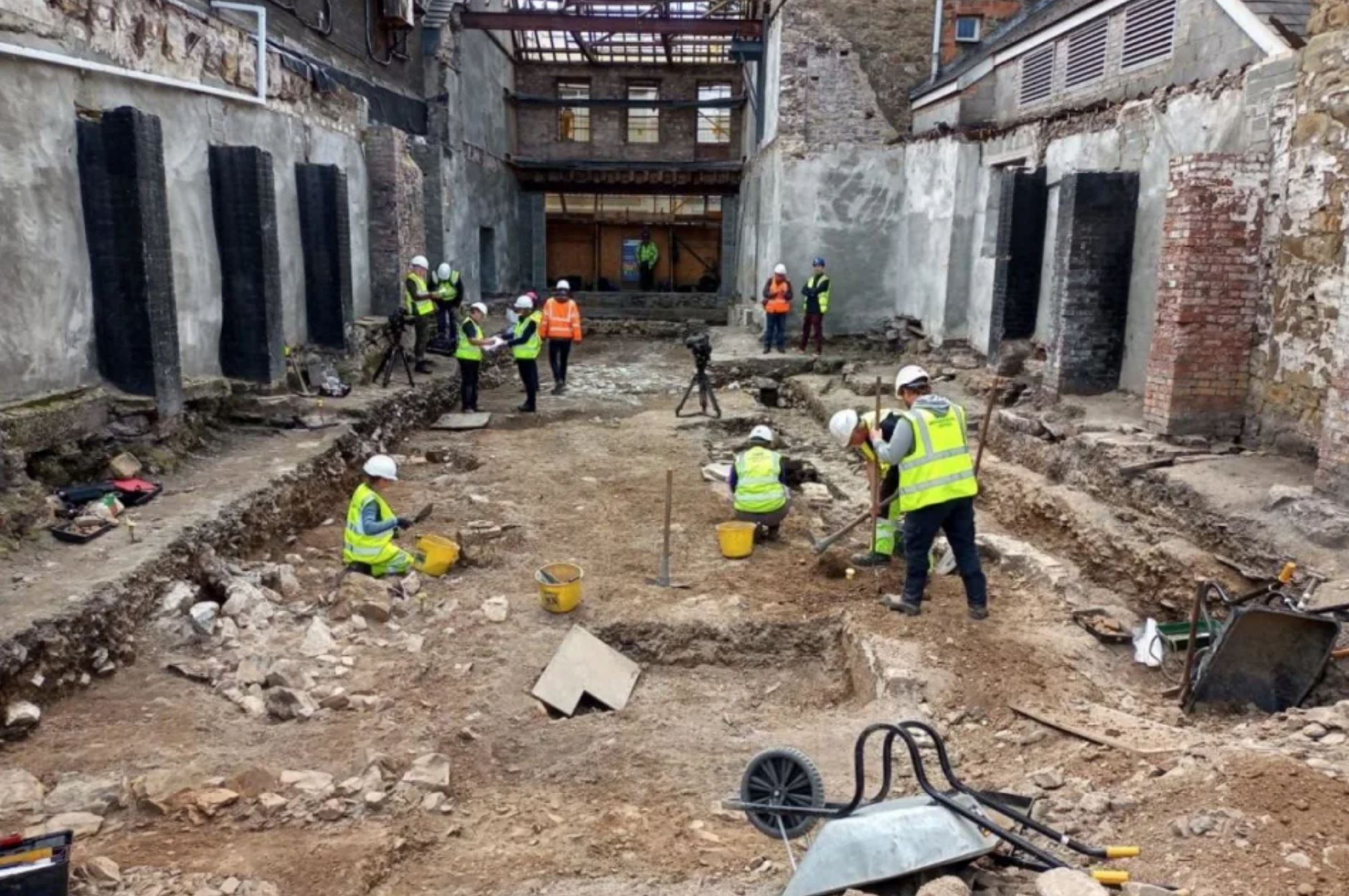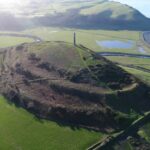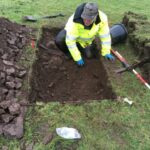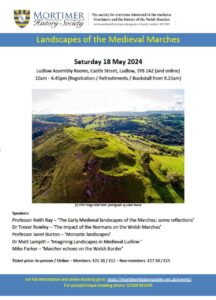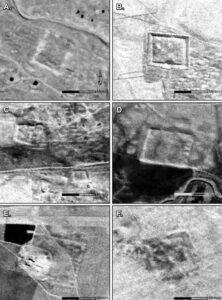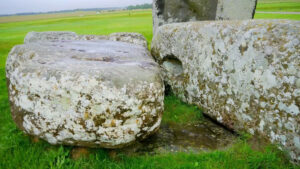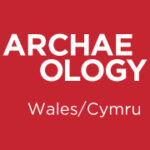“This has been an exceptionally rare find,” said Fran Murphy, head of contractual works at the Dyfed Archaeological Trust. “To have been given the opportunity to excavate medieval deposits in West Wales to this extent just does not happen.”
Murphy was referring to the recent discovery of 230 skeletons and a collection of ancient artefacts in Haverfordwest, Wales, which have the potential to provide answers to one of the town’s most intriguing medieval mysteries – the prestigious Dominican Friary of St Saviour’s. The friary, which stood along the Cleddau river between the new and old bridges of Haverfordwest for 300 years, was established by Dominican monks in 1246 and played a significant role in the town until its suppression in 1538 during Henry VIII’s dissolution of the monasteries. Although no paintings or images of the friary remain, it is believed to have consisted of a church, cloister, infirmary, library, stables, gardens, dormitories, and a cemetery.
The artefacts, which include stone effigies, carvings, a column, roof tiles, floor tiles, and stone walls, were discovered during the redevelopment of a former department store in Bridge Street. They have now been moved to the Dyfed Archaeological Trust headquarters in Llandeilo for further analysis, while the skeletal material has been taken to Cardiff University to determine the age, sex, health, and occupation of the individuals. It is hoped that the skeletons will eventually be given a formal burial in a location near their original resting place.
“When I first found out about the development at Bridge Street, I felt sure that remains of the friary would be discovered, but I never realised the extent of what we’d find,” said local historian Dr. Simon Hancock. “This was an exceptionally important complex in the history of the town of Haverfordwest and it’s wonderful to think that work can finally be done to assess how the friary may have once looked and how it would have operated.” The findings have been welcomed by Hancock and others in the community.
